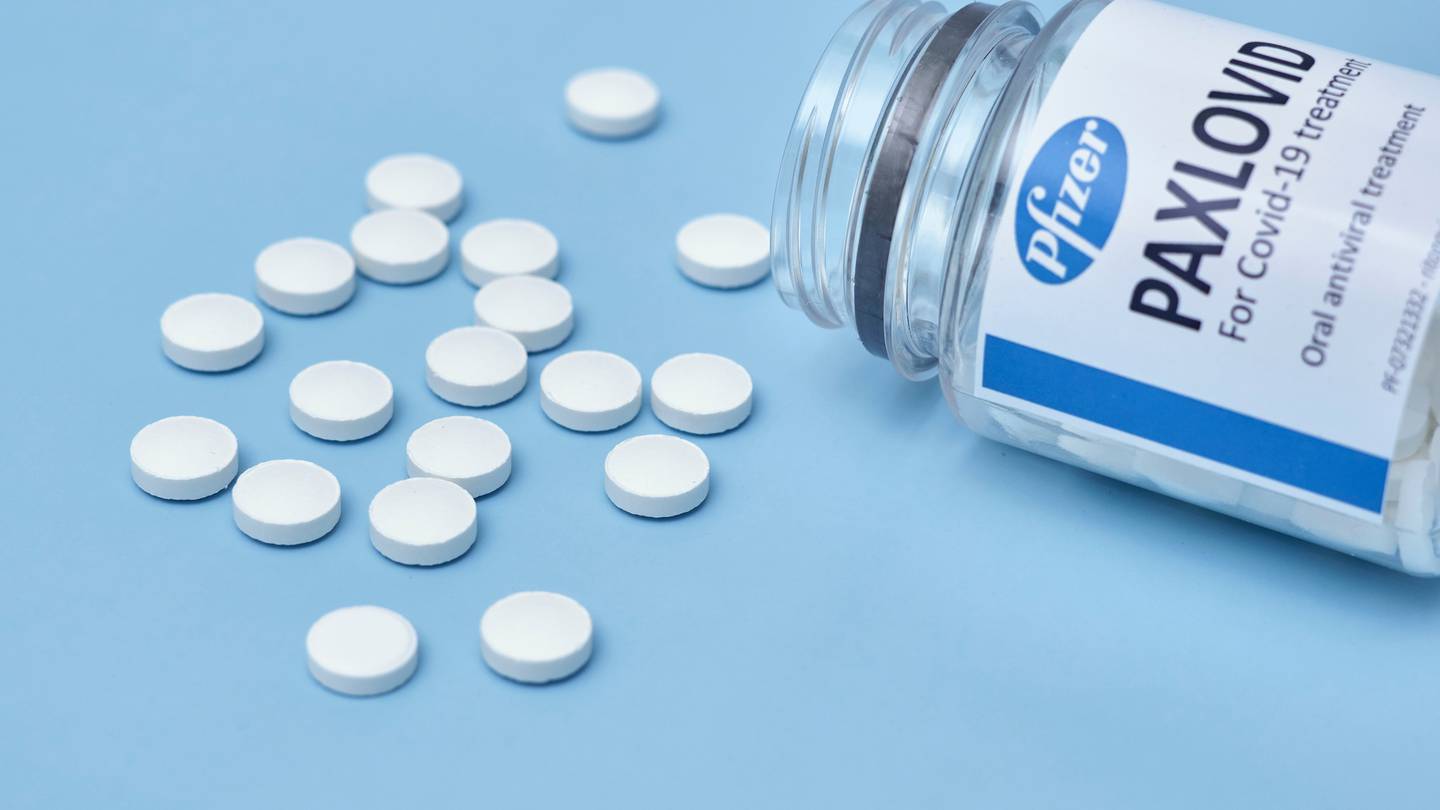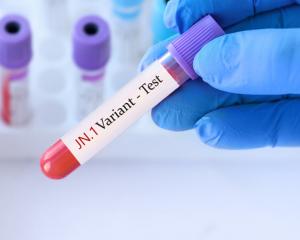
Pharmac’s director of pharmaceuticals Geraldine MacGibbon and the National Public Health Service’s director of prevention Becky Jenkins said stocks were running out due to the recent increases in cases and high demand for antivirals.
Chemists in northern areas of New Zealand had run out or were running very low, they said.
Almost 20,000 courses of Paxlovid arrived in New Zealand today and were being fast-tracked for distribution “as soon as possible”, MacGibbon and Jenkins said.
Pharmac was trying to get more Paxlovid for delivery in either March or April next year, they said.
“Pharmac and Te Whatu Ora have been working closely together, and with the distributor, to get the stock of Paxlovid that New Zealand needs,” they said.
“We acknowledge the pressure supply issues place on the health sector, so are grateful to those who have helped redistribute stock of Paxlovid to help ensure that eligible people are still able to access it.”
Covid cases highest since January, death toll rises to 3596
The most recent data from wastewater surveillance showed the virus at its highest levels since January - albeit still well below the giant surges of 2022 - while the last update from Te Whatu Ora reported 336 people in hospital with Covid-19 as of Sunday.
Another four deaths have also been recorded, bringing New Zealand’s official toll since the start of the pandemic to 3596.
The wave has also brought a boosting bump: the 32,734 vaccinations given in the last week of November was six times the average number administered over previous months.
Another new Omicron variant was quickly gaining traction in New Zealand, just as the full-swing Christmas party season added to our fifth Covid-19 wave.
The subvariant JN.1, a descendant of the Omicron type BA.2.86 nicknamed “Pirola”, has emerged as the world’s fastest-growing coronavirus strain and now accounts for one in 10 cases sequenced here.
Covid-19 modeller Professor Michael Plank recently said cases were starting to come down, but "now they’ve turned around and have started to go back up again, which is maybe an effect of the Christmas party season".
“I wouldn’t be surprised if we see cases further increase in this pre-Christmas period and possibly start to come back down again, once school holidays kick in.”
Supply of B12 injection hydroxocobalamin runs out
Another critical drug, the B12 injection, is also out of stock, leaving those reliant on it scared of suffering bad symptoms should they not get their regular shot in time.
Pharmac said the supplier of the B12 injection, also known as hydroxocobalamin, had run out of its Panpharma brand stock. Another brand, Vita B12, was also running low.
The supplier, Boucher and Muir, said a global shortage of a key raw material in the manufacturing of the injection was behind the lack of supply.
A woman who relies on injections to treat her pernicious anaemia, an autoimmune condition preventing her body from absorbing vitamin B12 orally, first alerted The New Zealand Herald to the shortage after her local chemist said they didn’t have any stocks.
The woman, who didn’t want her surname used and only wanted to be quoted as Sue, said she was frightened for her life should she not get an injection.
She told the Herald of symptoms she would suffer when she didn’t get a regular shot, including shortness of breath, lightheadedness and loss of appetite.
“I’m a bit f****d off. It’s pretty poor,” she said. “I am not the only one out there who needs this [injection] every two to three months.”
MacGibbon, said they understood it was frustrating when people weren’t able to get the medications they needed.
“We recommend people who want to fill their prescription for B12 injections to keep in touch with their local pharmacies about when stock would be available,” she said.
MacGibbon said Pharmac would continue to update their supply issue website with information on new supplies when it becomes available.
“It can take one to two weeks between stock becoming available at the supplier to it reaching pharmacies,” she said.










